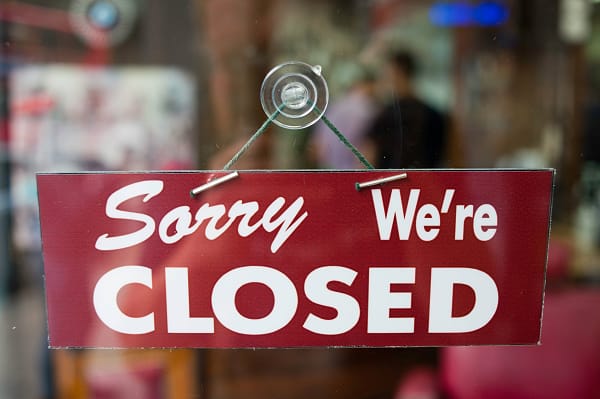Business Insolvency litigation is the process by which companies who are unable to repay their debts or financial obligations are liquidated. If a company is unable to pay its debts, its creditors will have the right to initiate a liquidation with a winding up petition. The process is initiated when a creditor notifies the liquidating body of the company’s insolvency. In most cases, creditors make an advance payment to the liquidating body for the costs of the liquidation. The advance payment is known as a “pre-settlement’ and is the first step of the litigation process. The liquidator will then work with the company’s creditors to go over its accounts and financial statements to try and recover unpaid amounts.
In most cases, an individual’s or company’s insolvency is caused due to an unforeseen event or disaster. The main reasons are natural disasters, economic downturns or even the negative effects of a new law or regulation. However, it is possible that mismanagement or poor advice can also cause a business to become insolvent.
What is a liquidation?
A liquidation is the formal process of winding up a company. The liquidator is appointed, this normally being a qualified insolvency practitioner. At this point the powers of the directors cease, the liquidator being responsible for the company’s affairs from that point on.
The main objective of liquidation is to recover any unpaid debts, and through the sale of assets, recover as much money as possible in order that the creditors are able to receive as much as possible.
The liquidator will manage and oversee the process of the sale of assets, distributing the proceeds among the creditors in line with the strict rules laid down in law.
Once the assets of a company have been realised, the process of paying the creditors can commence. The first cost to be paid are those relating to the cost of the liquidation. The insolvency practitioner acting in the role of the liquidator is paid in full, this including any administrative costs and expenses that have been incurred. These costs and expenses can include:
- Any meetings and travel expenditure
- Those relating to the realisation of assets
- Those relating to the distribution of funds
- Producing and providing reports and accounts for relevant bodies
- The investigation that will have taken place regarding the conduct of company directors.
In all cases these costs and expenses are subject to approval from creditors.
Different types of liquidation
There are three methods by which a company can be liquidated
- Members Voluntary Liquidation
- Creditors Voluntary Liquidation
- Compulsory Liquidation
Members’ voluntary liquidation
When a business is still solvent, but for one reason or another the ‘members’ wish to close it down in a controlled manner, the best vehicle is the Members voluntary liquidation (MVL).
One example of this is when one of the owners wants to retire.
The MVL is the simplest liquidation process, the clue being in the title. Here, Directors and shareholders are in agreement about the future, that is that the company should be sold off / liquidated. No court orders are required, the monies left in the business once any payments to creditors have been made being divided between the shareholders.
Creditors’ voluntary liquidation
This form of liquidation, known as a CVL, is set into motion when the company directors realise that it is insolvent and come to an agreement with creditors to voluntarily liquidate the business.
An insolvency practitioner is required here as they must oversee the liquidation process and sell off all the company assets as well as ensuring that all the money owed to the company is collected. The monies generated are then distributed amongst the creditors.
At this point the company is struck from the Companies House register and ceases to exist.
Compulsory liquidation/Winding up a company
In these cases, it is not the directors of a company that choose to close the company but its creditors. They are doing this in order to obtain as much money as they can, and normally only occur when a creditor has tried and failed to secure the monies owed to them.
Basically, the creditors first ask the court to issue a winding-up petition in order to try to get the company to make some form of payment.
If pressure does not work, the courts then issue a winding-up order, and the directors lose control of their company. An insolvency practitioner then being chosen to wind the company up and sell off its assets.
The creditors receive their share of the funds (normally nothing like the amount they are owed) achieved by the liquidation, and the company is struck from the register.
As you can see the whole process is far from simple in some cases and the advice to any business owners who believe that their business is failing is to seek advice as soon as is practical to do so.






Leave a Comment